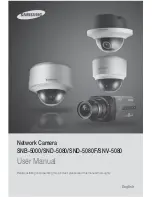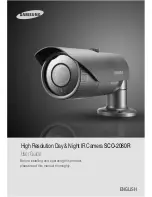
3. Slide the pairing switch from either from ‘1/0’ to ‘1’
or ‘1’ to ‘1/0’, the PIR will then the send the RF code to
the receiver.
4. If the receiver is linked to a lamp the lamp will
fl
ash
twice to con
fi
rm that the PIR is paired. The receiver
LED will stop
fl
ashing.
t*GUIFTXJUDIJTNPWFEUPQPTJUJPOAEVSJOHQBJSJOH
(see below for pairing instructions) then the ‘ON’ code
will be transmitted to paired devices when the PIR is
triggered, and an ‘OFF’ command sent after the set
delay period (see below).
t4XJUDIJOHGSPNAUPQPTJUJPOEVSJOHQBJSJOHXJMM
cause the PIR to send the ‘ON’ code when triggered
but NOT the following ‘OFF’ command, therefore the
receiver (e.g. lamp) will remain ON until manually
turned o
ff
.
%&-":0''5*.&48*5$)
t5IFTXJUDIIBTQPTJUJPOTTFDNJONJONJO
t&BDITFMFDUJPOSFGFSTUPUIFEFMBZQFSJPEBGUFSUIF1*3
is initially triggered and the ‘ON’ command is sent,
before which the ‘OFF’ command is then transmitted.
-694&55*/(48*5$)
t5IFTXJUDIIBTQPTJUJPOT).-
t*OQPTJUJPOA)UIFA%&-":0''5*.&TXJUDIJTEJTBCMFE
(when working with a door chime receiver, set the PIR
in H mode).



























